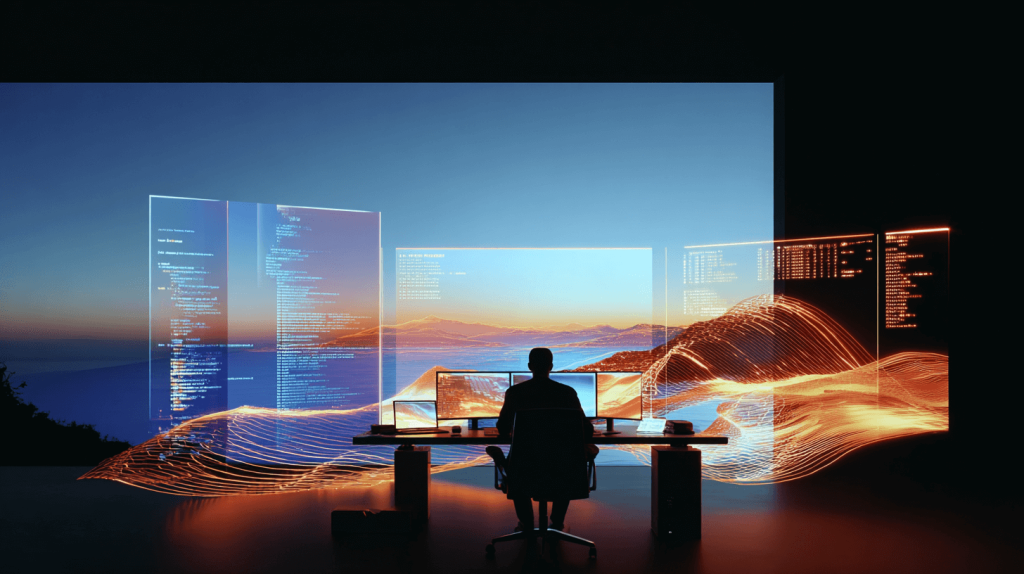With the New York Toy Fair around the corner, companies across the globe will be pouring in to see what the new toys and youth entertainment products have to offer. As business owners prepare to roll out their new product, it’s important to make sure that their company is best situated for success. Here are five mistakes that toy companies make far too often.
Mistake 1: Underestimating The Importance Of Intellectual Property
Most toy companies don’t spend enough time focusing on their Intellectual Property, mainly because they think it is just a legal matter. Often, companies will spend too much of their time creating a product and working on its execution. But what some executives fail to realize is how Intellectual Property can turn into your best asset. As companies build their brand, they fail to realize that patens and trademarks will protect and ensure their brand for the long run. Valuation experts estimate that intellectual property represents the largest asset class held by American companies (representing 40 percent of the value of all assets). Companies need to stop thinking about IP as just a legal issue, and understand it is part of your business that can create value. Considering that intellectual property assets represent such a large asset class, it needs to be included in your business plan.
Mistake 2: Determine What You Need
Many companies struggle to determine exactly what they need. First, you need to decide whether you need a patent, a trademark, or both. Patents are for new or improved products, while trademarks are for any slogan, word, name, symbol or device intended to be used to identify the product. Each process is different and requires separate fees, so determine what you need first if your budget is tight.
Mistake 3: Failing To Protect Your Product Internationally
Legislation governing the safety of children’s toys continues to expand from a global perspective. For companies manufacturing and distributing toys worldwide, understanding and complying with these legal requirements can be a challenge but one that cannot be overlooked. Typically, legal measures governing toys prohibit the sale of noncompliant products and impose some combination of product design requirements, restrictions on the use of various metals and chemicals, as well as product labeling, testing and certification requirements. The failure of companies to assess and adhere to the growing legislation will present significant legal and reputational risks.
Mistake 4: Failing To File For A Trademark
One of the ultimate ironies is that many companies spend most of the time coming up with the perfect name for their company but then don’t take the necessary steps to secure that name. Usually, companies either fail to run a trademark search or wait too long to file the trademark. The best time to discover a trademark issue for your name of choice is at the outset because any conflict can easily be resolved with a new name. Companies who don’t take the time to run a trademark search for their name are running significant risks. Moreover, many companies wait too long to file their trademark. As soon as a company decides on a name, they should file a trademark because it may take up to a year to process. Business owners will spend significant time and money building a brand around their company name without being sure that they will actually be able to continue using the name for the entire life of the business. In the process, the company will lose its brand awareness and the value of the built-up goodwill.
Mistake 5: Keep In Mind the Product’s Shelf Life When Seeking IP Protection
The toy industry runs in cycles. You may introduce your toy in February at the Toy Fair, or wait to launch before the holiday season. In any event, your window to attract consumers and keep your competitors at bay is short – particularly if the design can be replicable. Unfortunately, the Patent and Trademark Office, and the Copyright Office, doesn’t care about your marketing plans. The average time for the Patent Office to grant a design patent is about one year. You should expect about two or three times that amount of time to get a utility patent. The Copyright Office will typically register your copyright about six months after you file the application. And trademarks are usually registered in about a year.
The toy industry runs in cycles. You may introduce your toy in February at the Toy Fair, or wait to launch before the holiday season. In any event, your window to attract consumers and keep your competitors at bay is short – particularly if the design can be replicable. Unfortunately, the Patent and Trademark Office, and the Copyright Office, doesn’t care about your marketing plans. The average time for the Patent Office to grant a design patent is about one year. You should expect about two or three times that amount of time to get a utility patent. The Copyright Office will typically register your copyright about six months after you file the application. And trademarks are usually registered in about a year.




